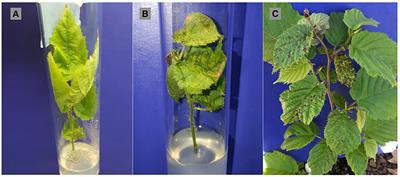EDITORIAL
Published on 04 Jan 2023
Editorial: Recent advances in hazelnut (Corylus spp.)
doi 10.3389/fpls.2022.1120595
- 1,697 views
- 3 citations
23k
Total downloads
117k
Total views and downloads
EDITORIAL
Published on 04 Jan 2023
ORIGINAL RESEARCH
Published on 25 Apr 2022

ORIGINAL RESEARCH
Published on 04 Apr 2022

REVIEW
Published on 03 Mar 2022

ORIGINAL RESEARCH
Published on 01 Mar 2022

ORIGINAL RESEARCH
Published on 14 Feb 2022

ORIGINAL RESEARCH
Published on 01 Feb 2022

ORIGINAL RESEARCH
Published on 23 Dec 2021

ORIGINAL RESEARCH
Published on 17 Dec 2021

ORIGINAL RESEARCH
Published on 17 Dec 2021

ORIGINAL RESEARCH
Published on 16 Dec 2021

ORIGINAL RESEARCH
Published on 16 Dec 2021
